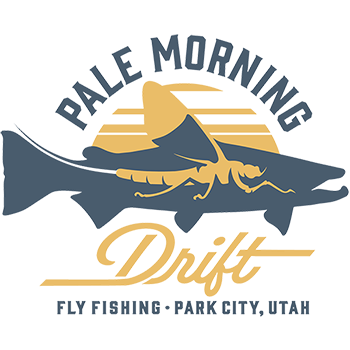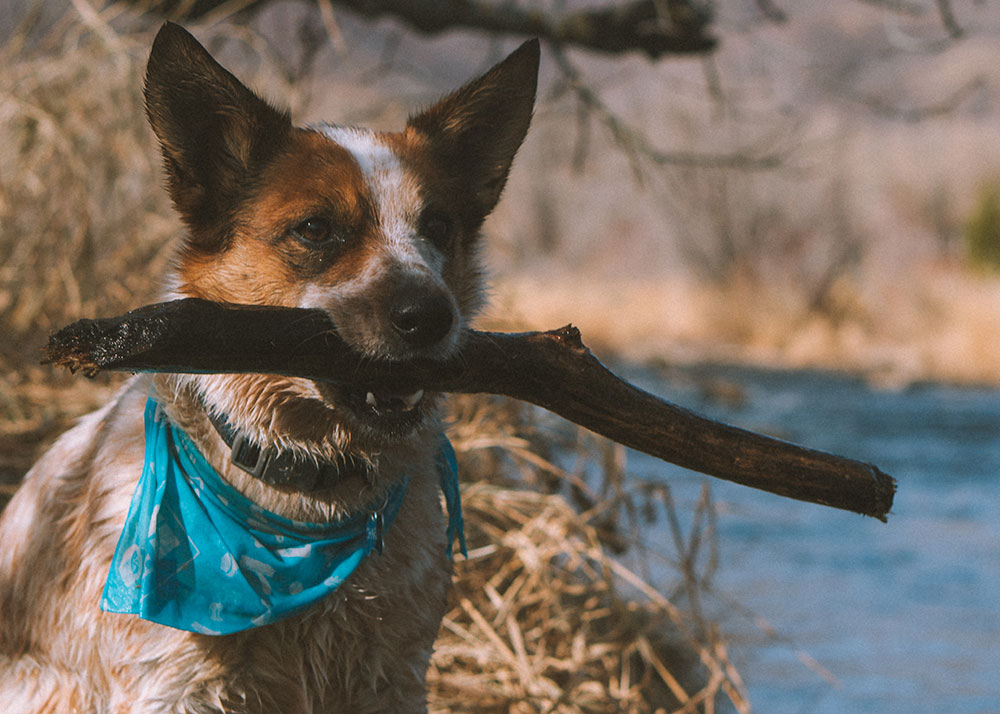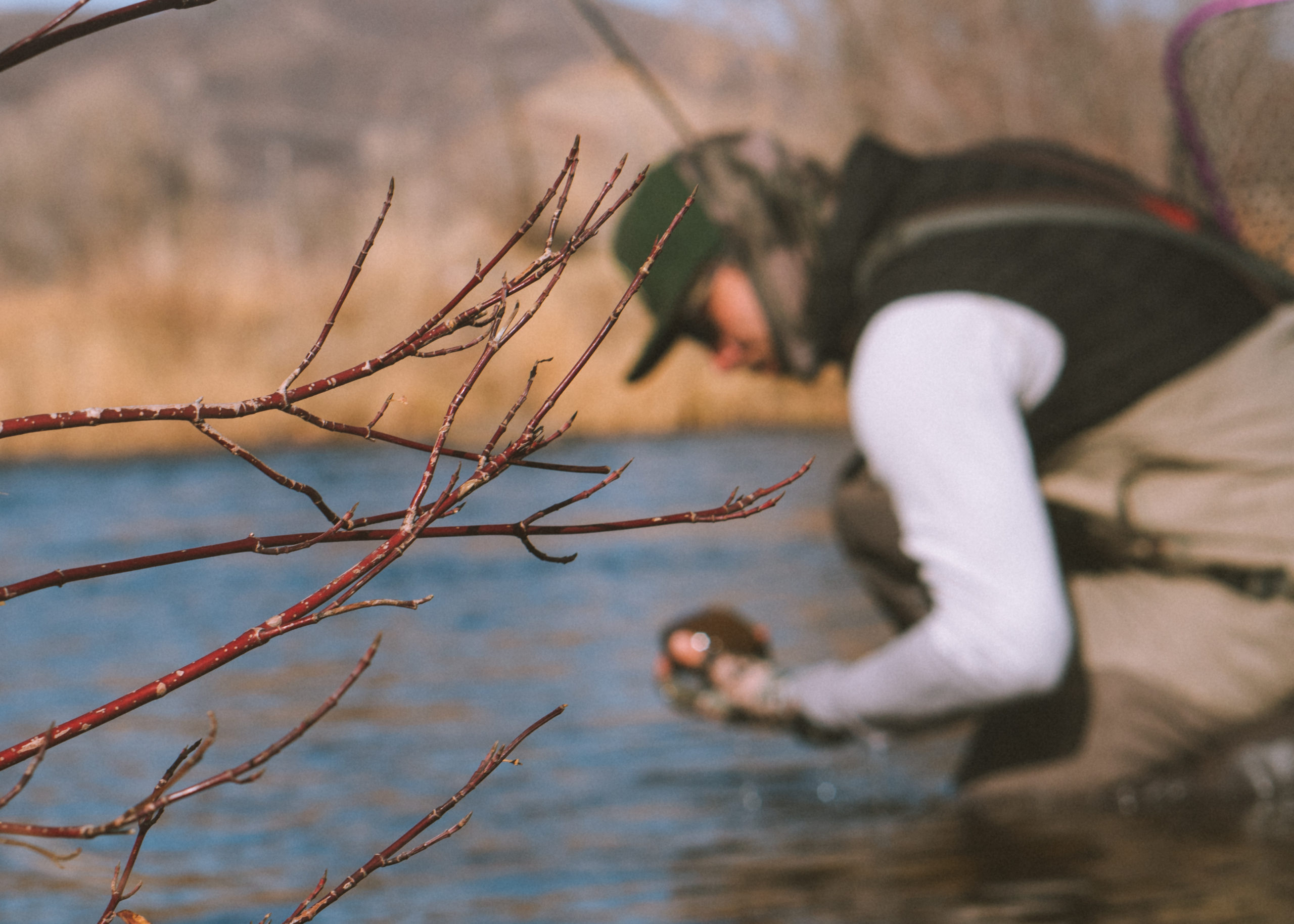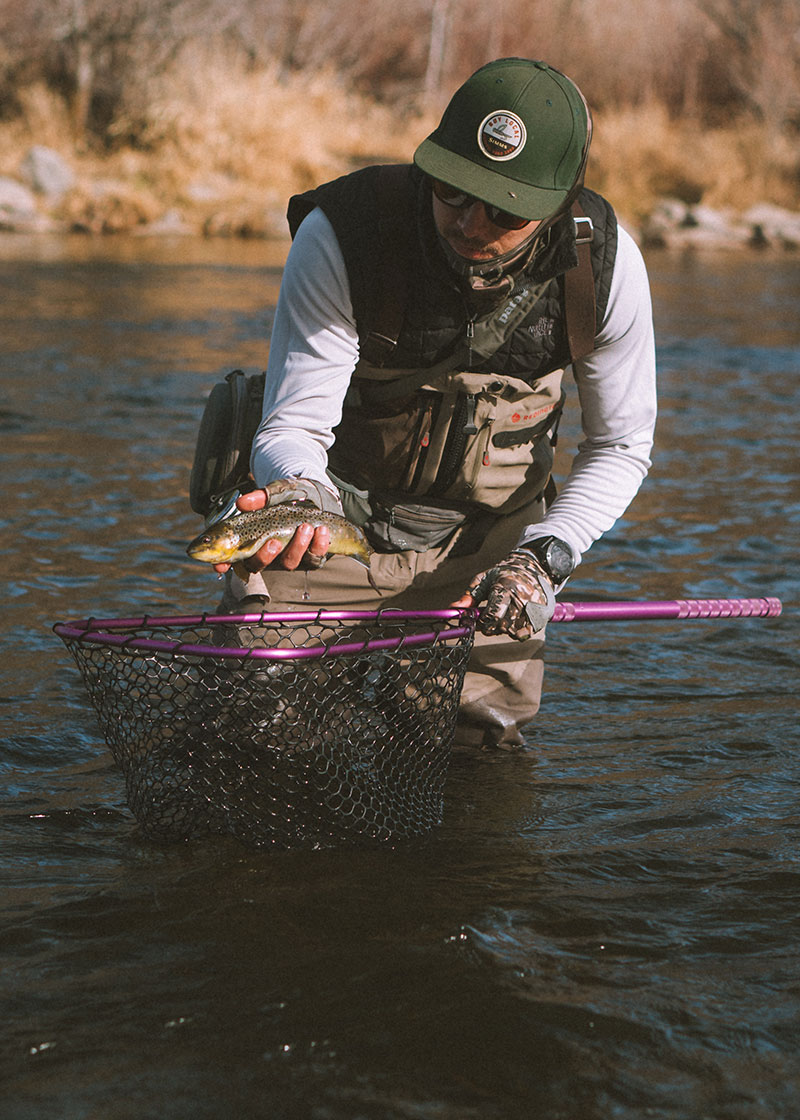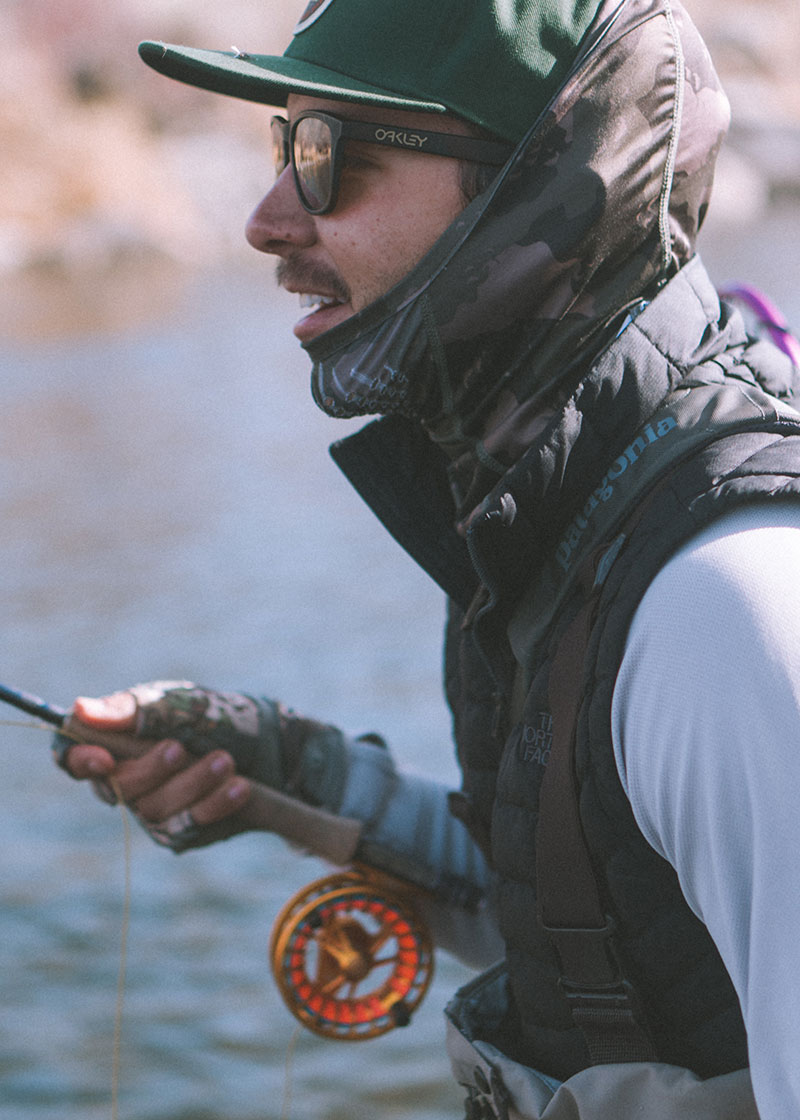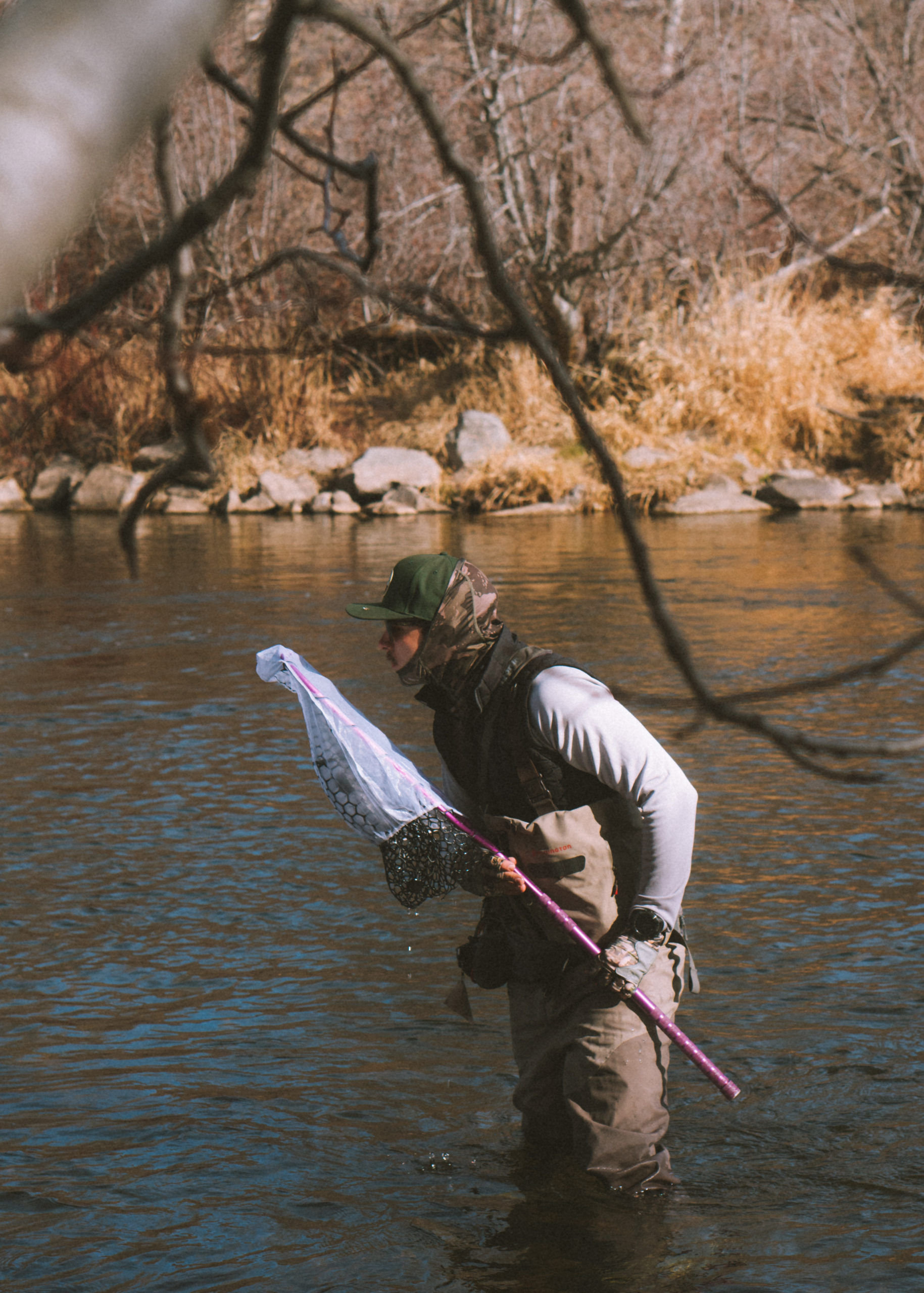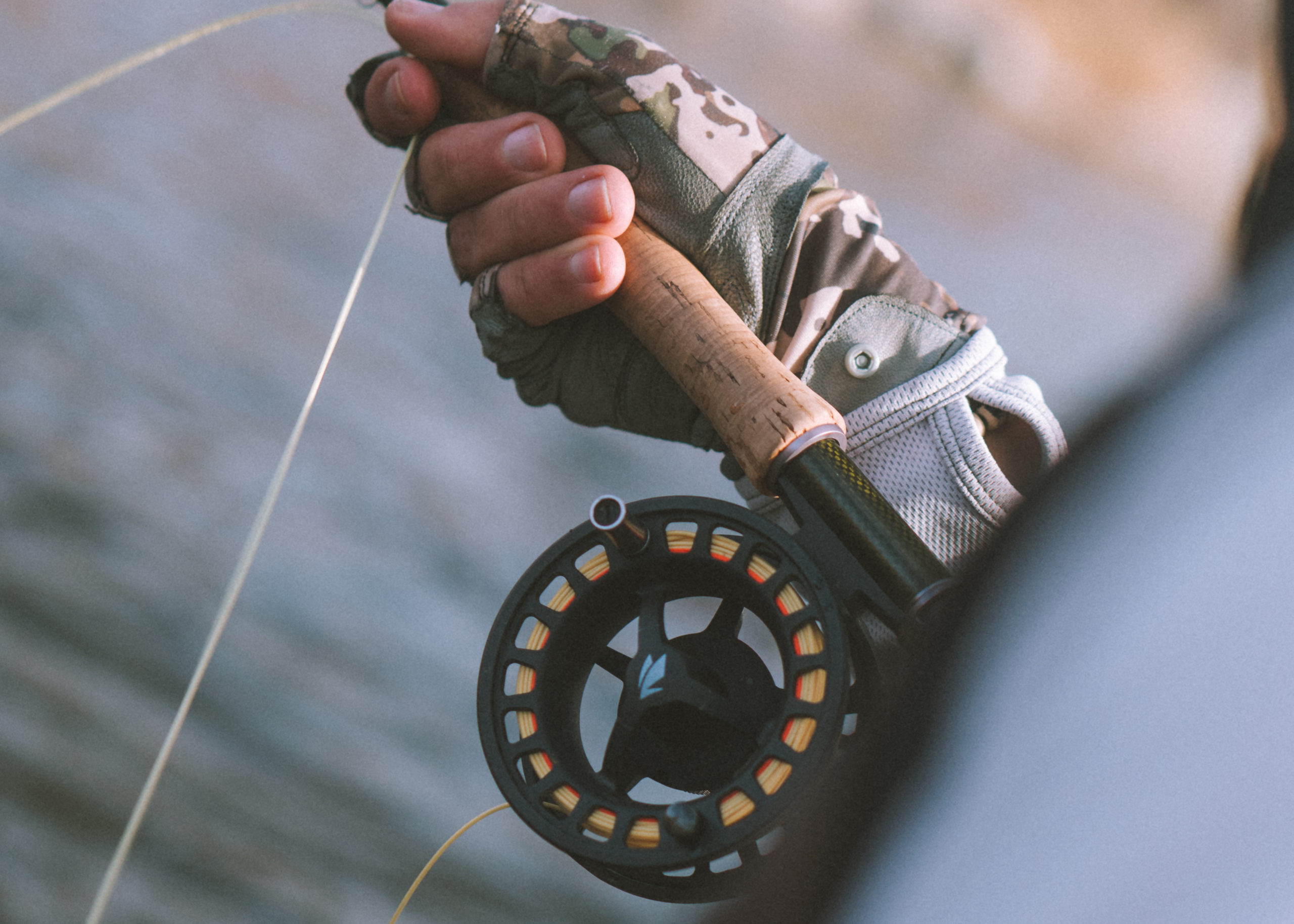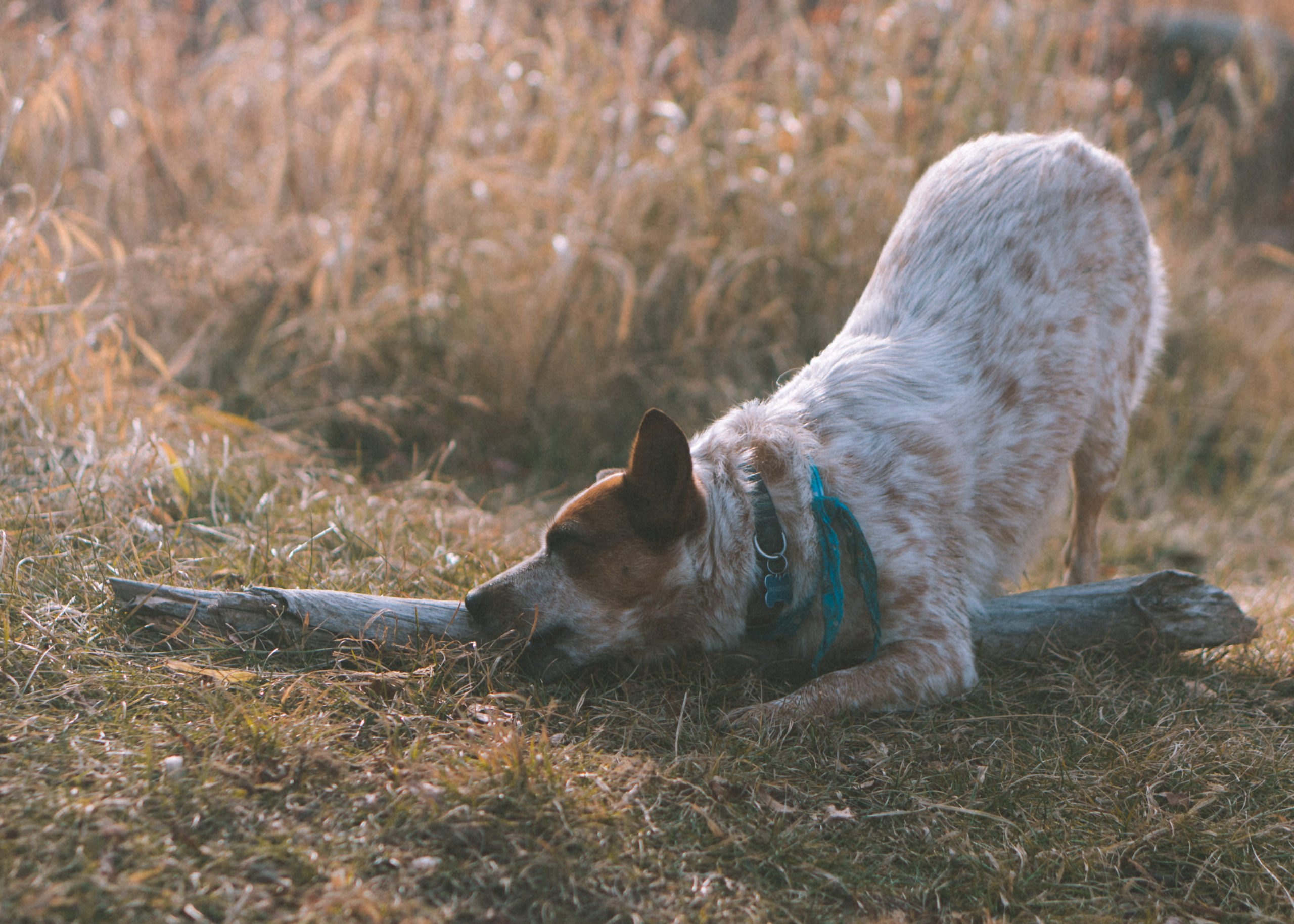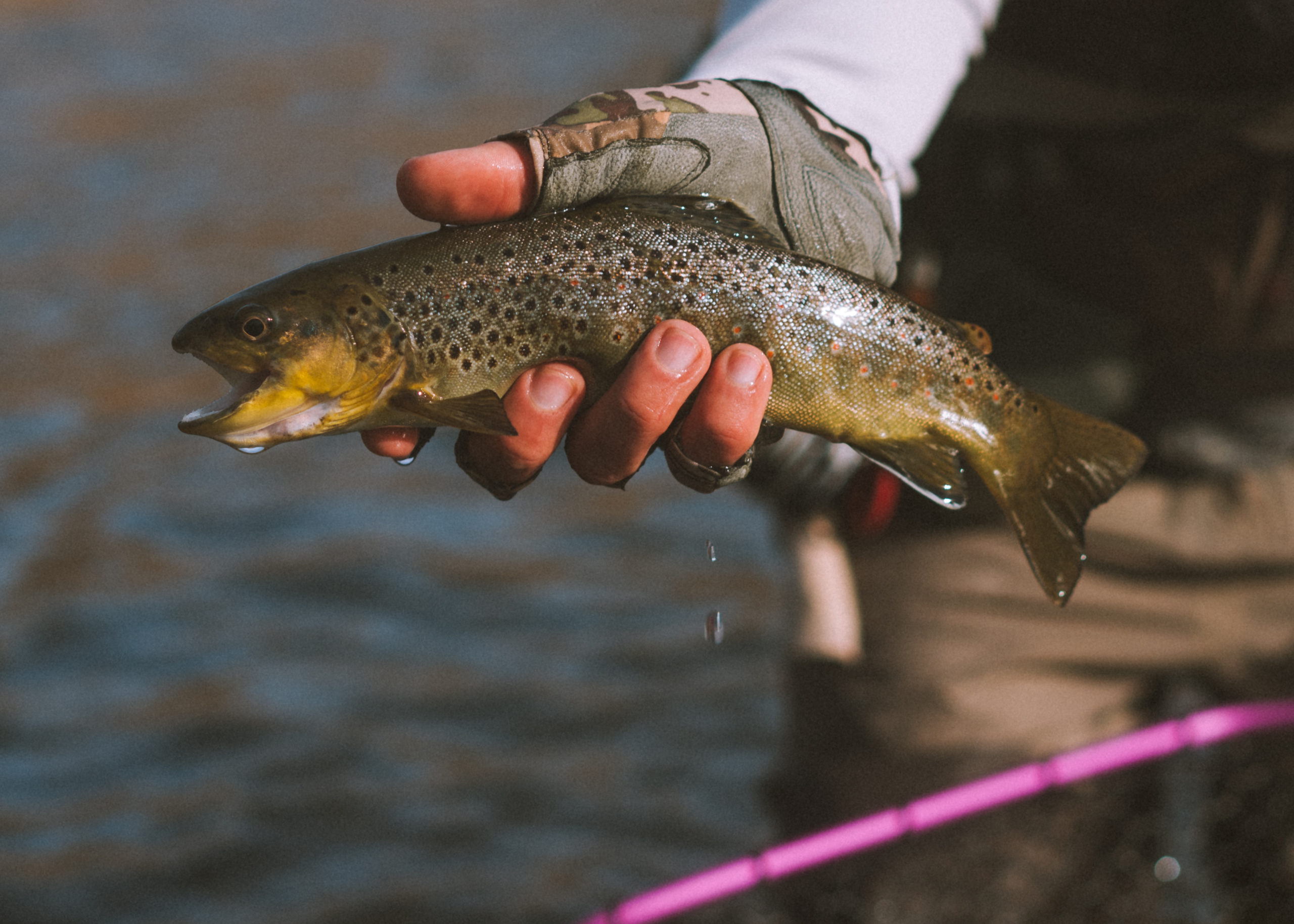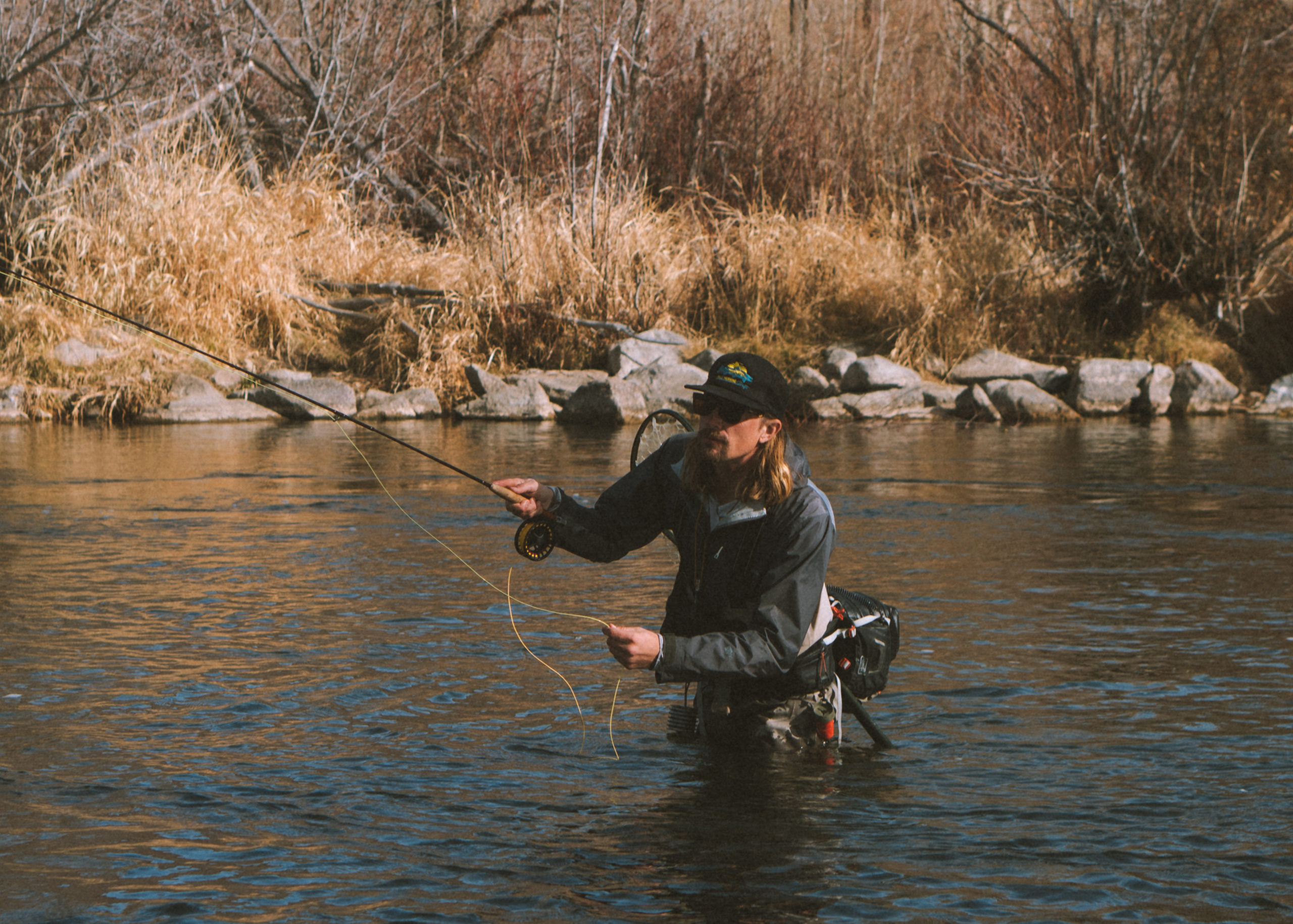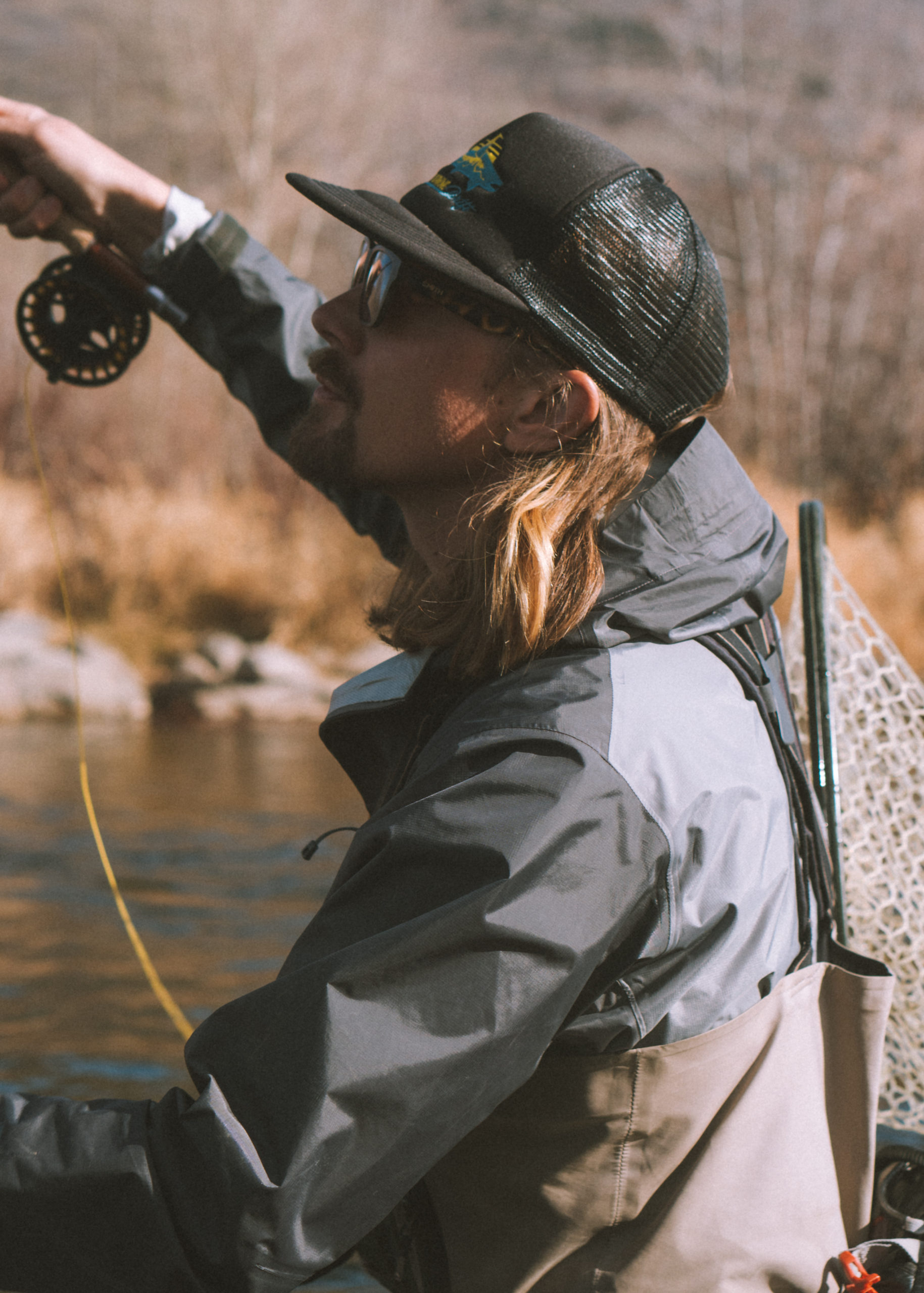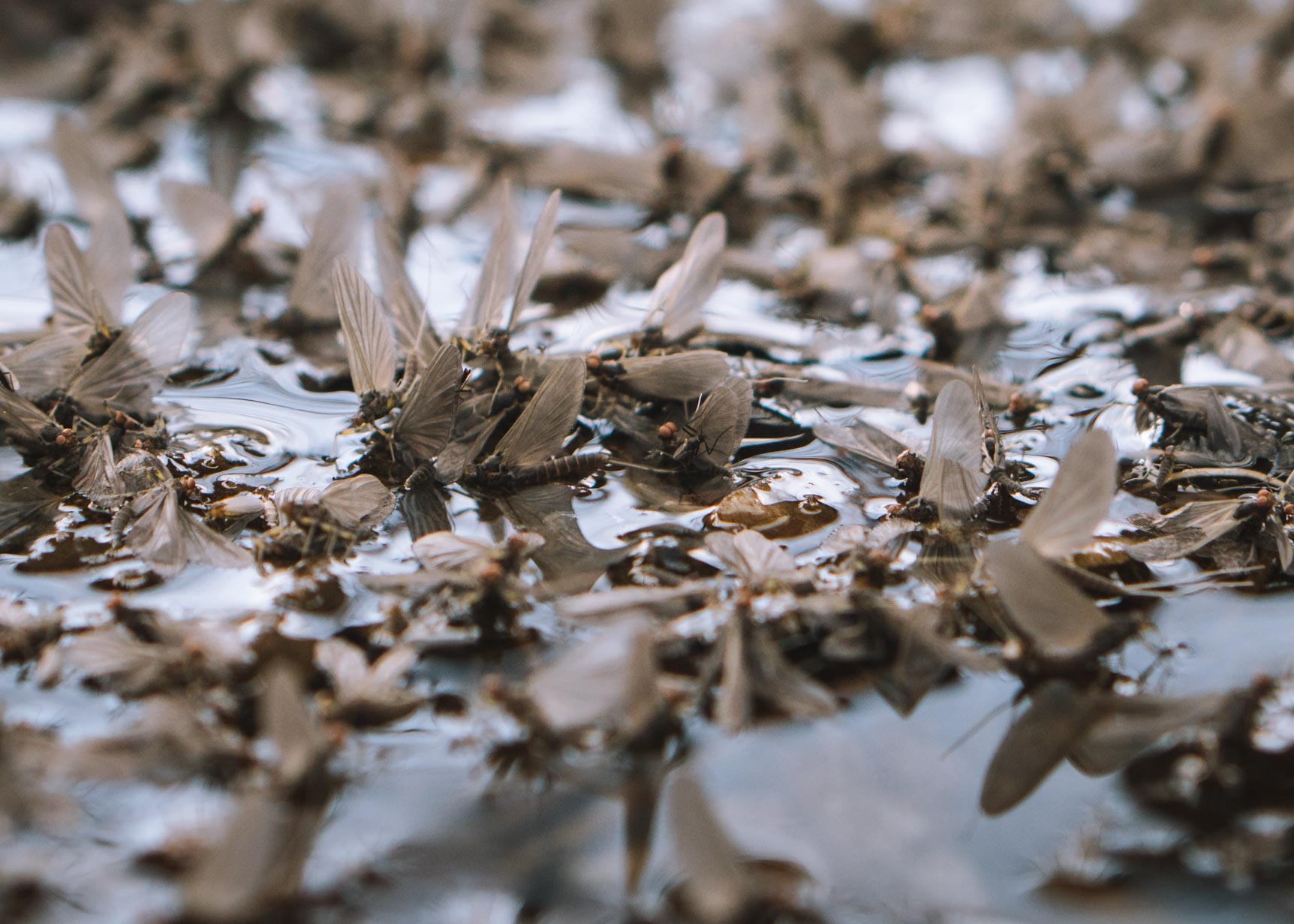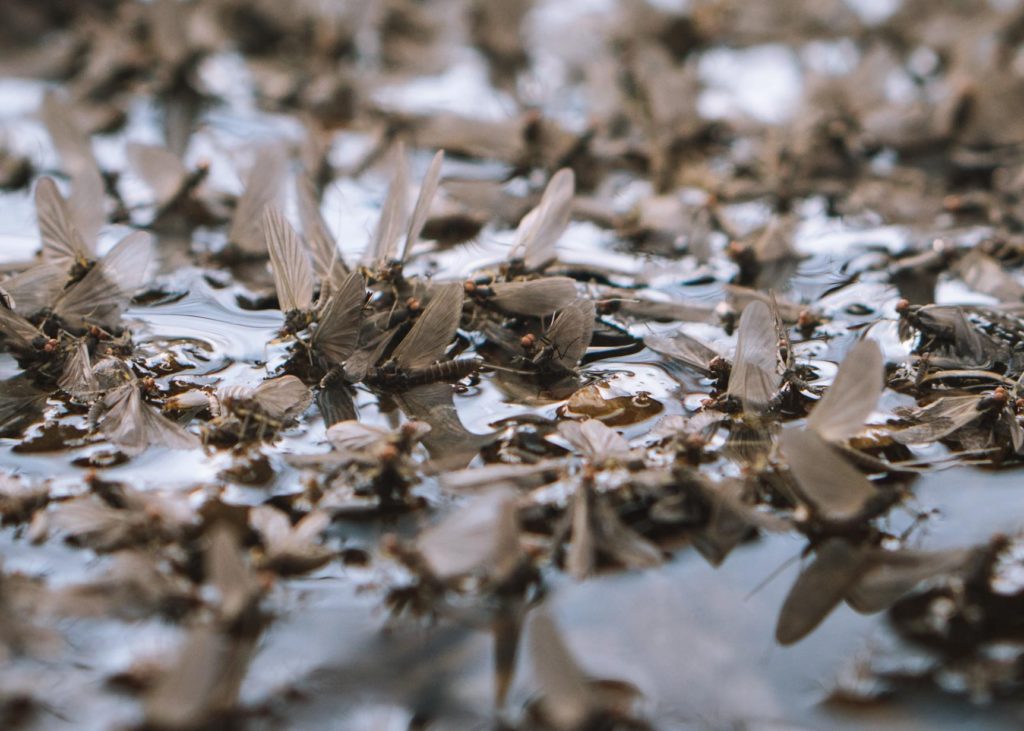
Blue-Winged Olives On A Bluebird Day.
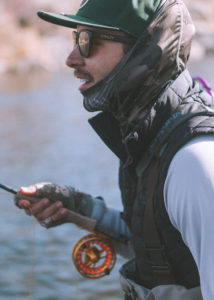 November is one of my favorite months to be on the river. Why? Because November is when blue-winged olive mayflies, not seen since spring, return to bookend the season.
November is one of my favorite months to be on the river. Why? Because November is when blue-winged olive mayflies, not seen since spring, return to bookend the season.
A blue-winged olive (BWO) is like the moodier version of a pale morning dun. When you think of PMDs, you think of summer mornings, still crisp in the mountain shadows until sunlight fills in the river, pocket by pocket, with warmth. As the sun rises, so do the trout, sleepily sipping on the PMD silhouettes. You think of evening hatches, barbecues and rodeos.
 When you think of BWOs in the fall, you think of cloudy, drizzly days, of warm down jackets, of numb hands and feet, of whiskey in a flask warming your body, pocket by pocket. You think of football and thanksgiving and you think of the long winter ahead.
When you think of BWOs in the fall, you think of cloudy, drizzly days, of warm down jackets, of numb hands and feet, of whiskey in a flask warming your body, pocket by pocket. You think of football and thanksgiving and you think of the long winter ahead.
But this November has been unusually warm and sunny and although BWOs typically like it moodier, they have been making a consistent appearance.
On a recent sunny day, my friend Zach and I decided to get out and catch the hatch. We parked along the road and with coffee in hand walked to the riverbank to see if any bugs were coming off. Standing there, looking down at the river, I felt like a surfer standing on the ocean shoreline looking out at the waves, assessing the break and tide.
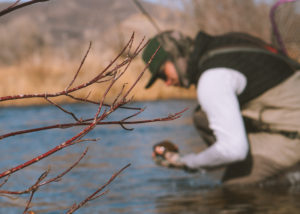 There were only a few trout rising and they weren’t eating BWOs, so Zach lifted a rock to see what bugs might be clinging to the underside. This is usually a good way to determine what the fish are eating but there were only old caddisfly casings on the rock.
There were only a few trout rising and they weren’t eating BWOs, so Zach lifted a rock to see what bugs might be clinging to the underside. This is usually a good way to determine what the fish are eating but there were only old caddisfly casings on the rock.
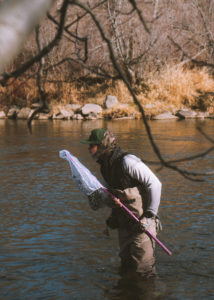
Zach then used a finely woven net called a “seine” to see what bugs were drifting in the river. While he did this, I threw sticks for Charlie who had been (not so) patiently waiting on the bank.
Soon enough we began seeing the beautiful little blue-winged bugs and in unison, fish heads started popping through the surface like popcorn.
The water boiled with rising trout for the next two hours but despite the good hatch, the fishing was tough. The BWOs were very small, which meant to match the hatch you had to use the smallest fly in your box. Phil Bair (a friend and local legend) ties a fly he calls the “no-see-um” which works perfectly for this type of hatch but as the name implies is nearly impossible to see on the water.
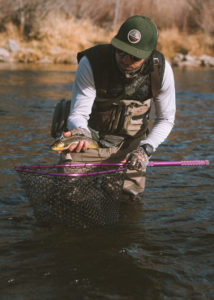 To make matters more difficult, the trout residing in this very popular hole are extremely picky due to the number of flies they see. But I’ve never met a fly fisherman who doesn’t like the challenge of fooling a picky trout using a dry fly. In fact, it may be this very thing that hypnotizes so many of us.
To make matters more difficult, the trout residing in this very popular hole are extremely picky due to the number of flies they see. But I’ve never met a fly fisherman who doesn’t like the challenge of fooling a picky trout using a dry fly. In fact, it may be this very thing that hypnotizes so many of us.
We had each landed several fish by day’s end, no lunkers, but we were too cold and happy to care.
